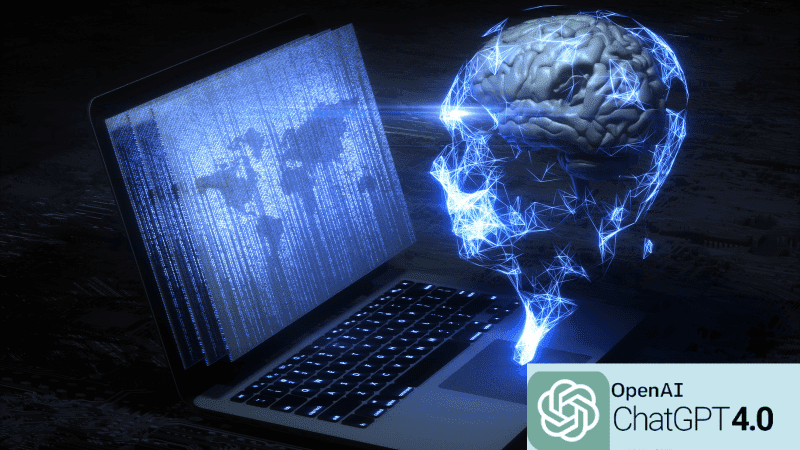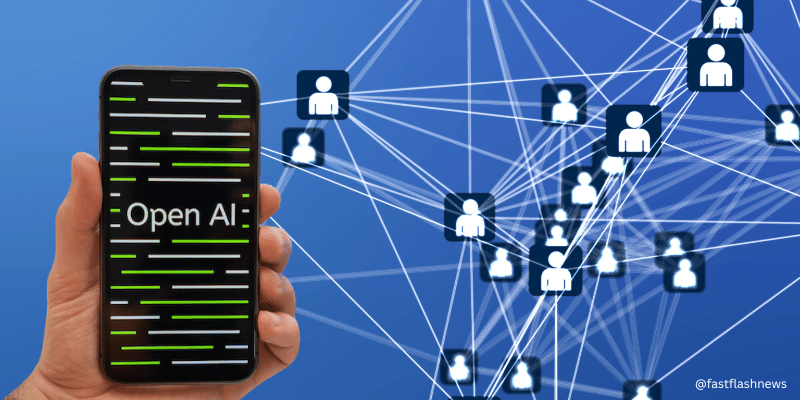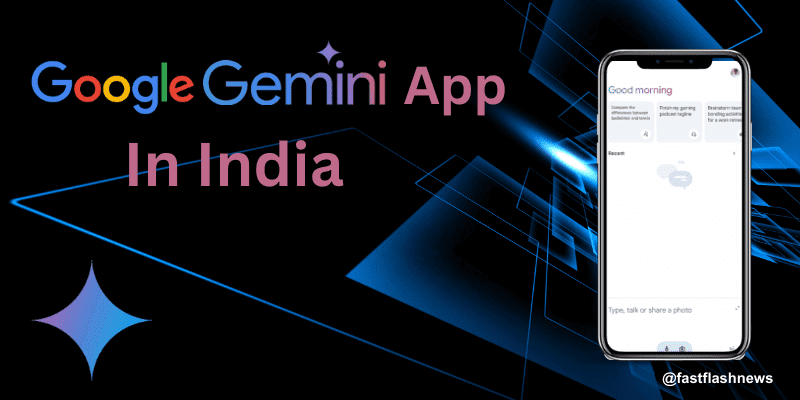Open AI’s Chat GPT hosted its much-anticipated Spring Update event and announcing a new desktop app for Chat GPT.
It’s minor user interface updates to Chat GPT’s online client, and a new flagship-level artificial intelligence (AI) model called GPT-4o. The event was livestreamed on YouTube and attended by a modest live audience. During the occasion, the AI business also announced that all GPT-4 capabilities, which were previously exclusively available to premium users, would now be available to everyone for free.
Open AI’s Chat GPT desktop app and UI update
Mira Murati, Chief Technical Officer of Open AI, kicked off the event by introducing the updated Chat GPT desktop program, which now has computer vision and can glance at the user’s screen. Users will be able to enable and disable this feature, and the AI will analyse and assist with whatever is displayed.
The CTO also announced that the Chat GPT’s web version will receive a slight UI refresh. The new UI has a basic style, and users will get suggestion cards when they access the website.
The icons are also smaller, and the entire side panel is hidden, freeing up more screen space for discussions. Notably, Chat GPT can now access the web browser and deliver real-time search results.
GPT-4.o Features
The main draw of the Open AI event was the company’s newest flagship-grade AI model, GPT-4.o, with the ‘o’ standing for omni-model.
Murati claims that the new chatbot is twice as fast, 50% cheaper, and has five times higher rate limitations than the GPT-4 Turbo model.
GPT-4o also significantly reduces reaction latency and may create real-time responses in speech mode.
Open AI demonstrated the AI model’s ability to communicate in real time and respond to the user during a live demo.
GPT-4o-powered Chat GPT can now be interrupted to answer another question, which was previously impossible. The most significant improvement in the disclosed model is the incorporation of expressive voices.
Chat GPT now responds with a variety of speech modulations, making it sound more human and less artificial. A demonstration proved that the AI can detect and respond to human emotions in speech.
For example, if a user speaks in a panicked tone, the system will respond with a concerned tone.
Improvements have also been made to its computer vision, and live demos show that it can now process and respond to live video inputs from the device’s camera.
It can observe a user solving a mathematical equation and provide step-by-step instructions. It may also correct the user in real time if they make an error.
Similarly, it can now process enormous amounts of code data, analyze it instantly, and provide ideas for improvement. Finally, users can open the camera and speak with their faces visible, allowing the AI to recognize their emotions.
Finally, another live demo demonstrated that the Chat GPT, driven by the most recent AI model, can execute live voice translations and talk in many languages in rapid succession.
While Open AI did not specify a subscription fee for access to the GPT-4o model, it did state that it will be released in the next weeks and available via API.
GPT-4 is now available for free!
Aside from all of the new releases, OpenAI has made the GPT-4 AI model, with its capabilities, available for free. People using the platform’s free tier will be able to access features such as GPTs (mini chatbots designed for specific use cases), GPT Store, the Memory feature, which allows the AI to remember the user and specific information about them for future conversations, and advanced data analytics without paying anything.
FAQ’s
How does GPT-4 handle long-form text generation compared to GPT-3.5?
GPT-4 exhibits improved coherence and consistency in generating longer passages of text, maintaining thematic continuity and reducing instances of abrupt topic shifts.
Has GPT-4’s understanding of nuanced language nuances improved?
Yes, GPT-4 demonstrates enhanced comprehension of subtle linguistic nuances, such as sarcasm, irony, and humor, resulting in more contextually appropriate responses.
What measures has Open AI taken to address ethical concerns regarding AI-generated content in GPT-4?
Open AI has implemented stricter content filtering mechanisms and ethical guidelines in GPT-4 to mitigate the risk of generating biased, harmful, or inappropriate content.
In what ways has GPT-4 advanced in its ability to engage in meaningful conversation with users?
GPT-4 features improved conversational depth and responsiveness, fostering more engaging and natural interactions by better understanding context and maintaining topic relevance over extended dialogues.




